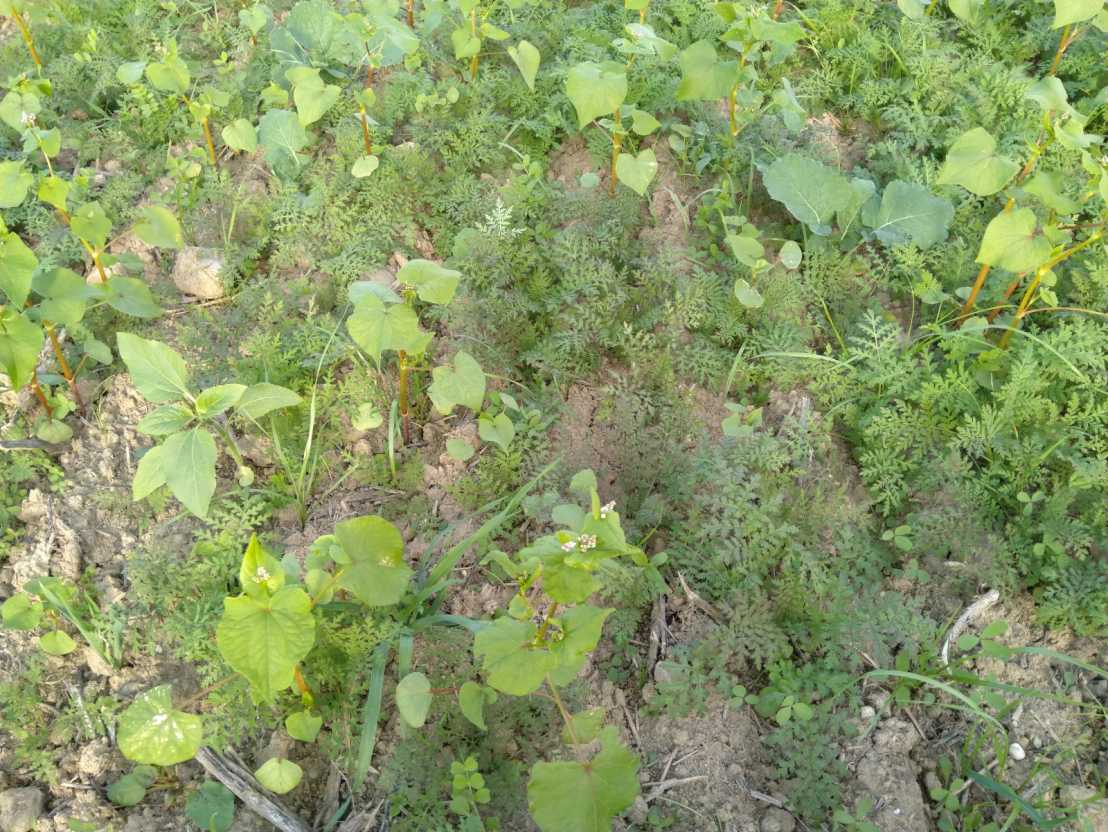Advancing pesticide policies
About the role of modern plant breeding in a multi-disciplinary policy approach to reduce potential risks of agricultural pesticide use.

In a Nature Food Perspectives article, we suggest ten key steps to achieve a reduction in potential environmental and health risks from agricultural pesticide use, discuss major trade-offs and areas of tension with other agricultural policy goals and propose a holistic approach to advancing pesticide policies.
Plant breeding is known to be an important pillar of sustainable agriculture. The development of cultivars being able to withstand biotic stress is at the base of any action to reduce potential pesticide risks in Europe. For centuries, resistance breeding has contributed to crop productivity and the control of plant diseases. However, plant breeding is a long and complex process, often not being able to keep pace with the rapid evolution of pathogens or the emerge of new pests. Moreover, globalization and climate change increasingly affect both the occurrence and composition of pathogen populations, threatening plant productivity worldwide.
Technological advancements in the area of genetics and genomics offer new opportunities to efficiently describe and utilize genetic diversity and resistance sources for plant breeding. By marker- or genomics-assisted breeding strategies, it became possible to effectively tag resistance genes and implement resistance management strategies by, for example, temporal and special variation of disease resistances, pyramiding of resistance genes or alleles and to account for pathotype-specificity.
New plant breeding techniques now provide an enormous potential to further increase efficiency and efficacy of resistance breeding. Approaches offered by genome editing, for example, can be advantageous both in terms of speed and technical opportunities in the development of resistant cultivars (i.e. to realize strategies that are barley possible using convention plant breeding). Current examples include the deployment of resistance resources lost during domestication from crop wild relatives and the specific modification of resistance genes to make them durable.
However, the link between new plant breeding techniques and the reduction of agricultural pesticide use is largely neglected in current political and public debates. Moreover, knowledge gaps on genome editing techniques in wider society have maintained a regulatory framework that does not account for the meanwhile decade long experience in gene technology and the latest developments thereof.
Therefore, we advocate a multi-disciplinary policy approach to realize the full potential of modern plant breeding, thereby helping to reduce agricultural pesticide use and to implement more sustainable agricultural production systems.
Citation:
Möhring N, Ingold K, Kudsk P, Martin-Laurent F, Niggli U, Siegrist M, Studer B, Walter A and Finger R (2020) Pathways for advancing pesticide policies. Nature Food 1, 535-540
external pagehttps://doi.org/10.1038/s43016-020-00141-4call_made
